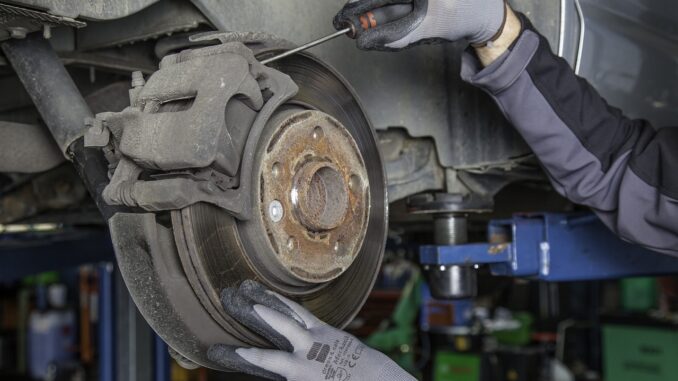
In the world of automotive braking systems, understanding the function and importance of drum brake pads is crucial for vehicle safety. While the modern automotive industry often favours disc brakes, drum brakes, with their unique components and operation, continue to play a significant role in many vehicles, especially in rear braking systems.
The Role of Drum Brake Pads in Braking Systems
Drum brake pads, often referred to as brake shoes, are essential components in a drum brake system. This system involves a curved piece of metal lined with high-friction material, known as the brake lining. The brake shoes are mounted on a backing plate inside the brake drum and are connected to a series of springs and levers. They rest against a hydraulically operated wheel cylinder.
When the driver presses the brake pedal, hydraulic fluid forces the brake shoes to expand outward, pressing against the inside surface of the drum, which is attached to the wheel. This friction between the brake shoes and the drum slows down the vehicle, making it an effective method of bringing a car to a stop.
Comparison with Disc Brake Pads
Disc brake systems, more modern than drum brakes, use a different mechanism. In disc brakes, a calliper squeezes brake pads against a rotor (the disc), similar to how hand brakes work on a bicycle. The friction material in disc brake pads is typically harder than that in drum brake shoes, allowing for more effective heat dissipation and water shedding. This design is particularly beneficial when driving in conditions that require frequent braking or in wet environments.
Differences in Efficiency and Cost
Disc brakes are generally considered more efficient than drum brakes due to their ability to dissipate heat more effectively. This is crucial to prevent brake fade, which is a loss of braking power due to overheating. Additionally, disc brakes are better at handling water, making them more reliable in wet conditions. However, drum brakes are less expensive to produce and are still commonly used in many vehicles’ rear brake systems. This is partly because front brakes provide the majority of braking force, especially in hard stops, due to the forward weight shift during braking.
Importance to Vehicle Safety
The importance of properly functioning brake shoes in drum systems cannot be overstated. These components are integral to vehicle safety, ensuring that cars can stop effectively under various conditions. Regular maintenance and timely replacement of brake shoes (approximately every 50,000 miles) are critical to maintaining the safety and reliability of a vehicle.
In conclusion, while drum brake pads may seem less advanced than their disc brake counterparts, their role in vehicle safety is equally vital. Understanding their function and maintaining them properly ensures a safer driving experience. As automotive technology evolves, the balance between cost, efficiency, and effectiveness continues to shape the use of drum brakes in modern vehicles.
Source: